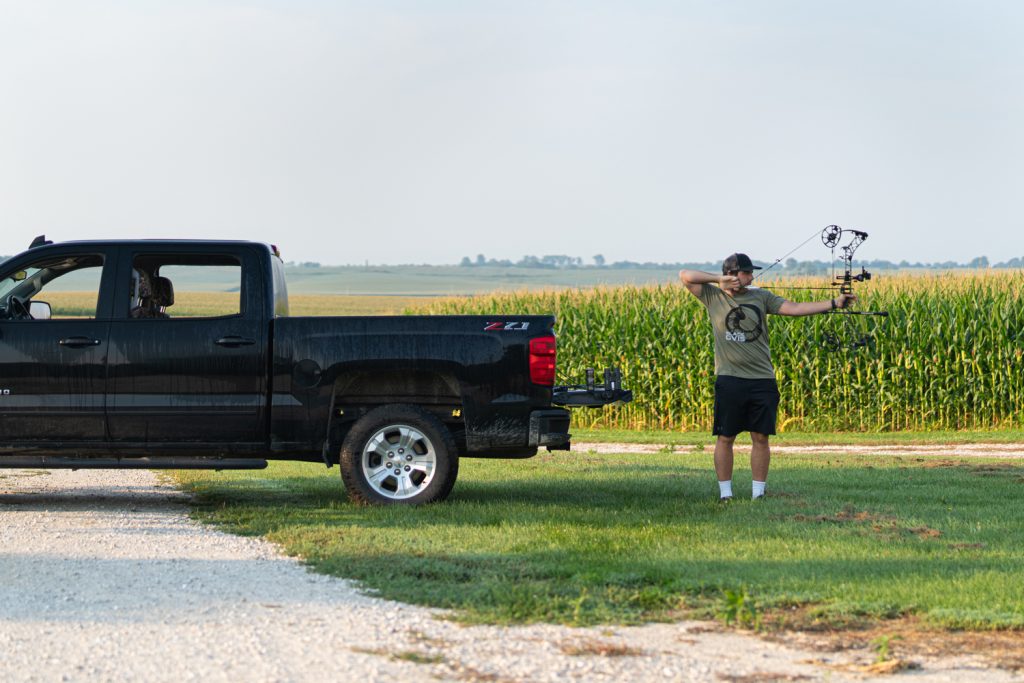Whitetail 365 Day Preparation
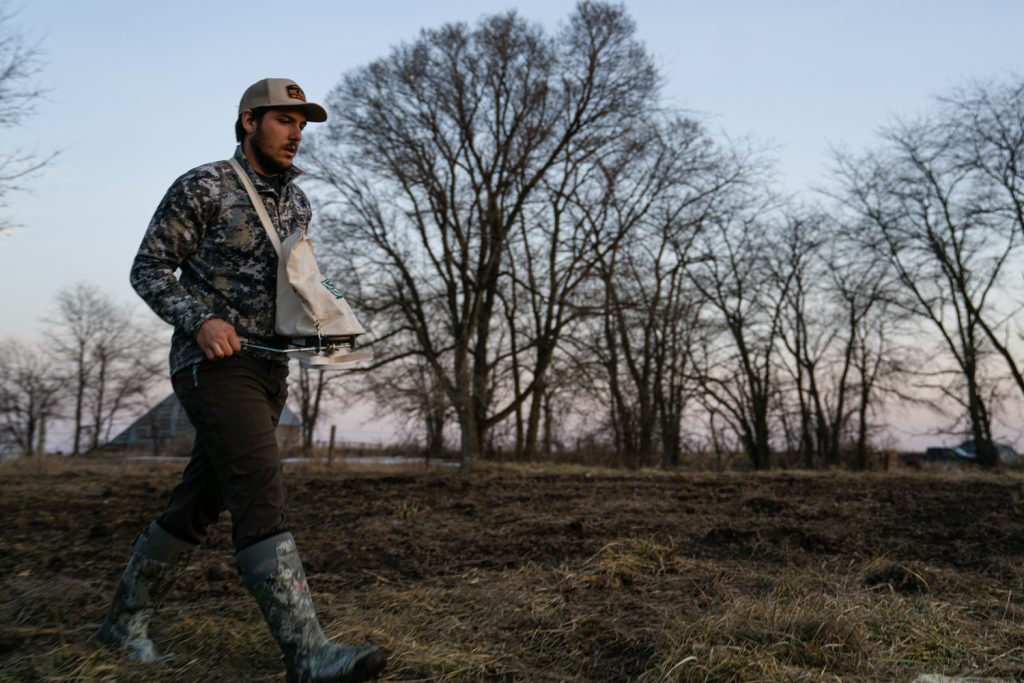
Most hunting seasons are a month or a couple of months out of the year. As the industry continues to expand and passions grow, those couple of months out of the year are not enough for most enthusiasts. When it comes to whitetail hunting, I personally think it provides the most out-of-season work, if you're willing to take it on. Throughout this article I will highlight a lot of the types of work that can be done throughout the year as the seasons progress. Keep in mind that I reside in Iowa and all weather patterns may not match up with other states.
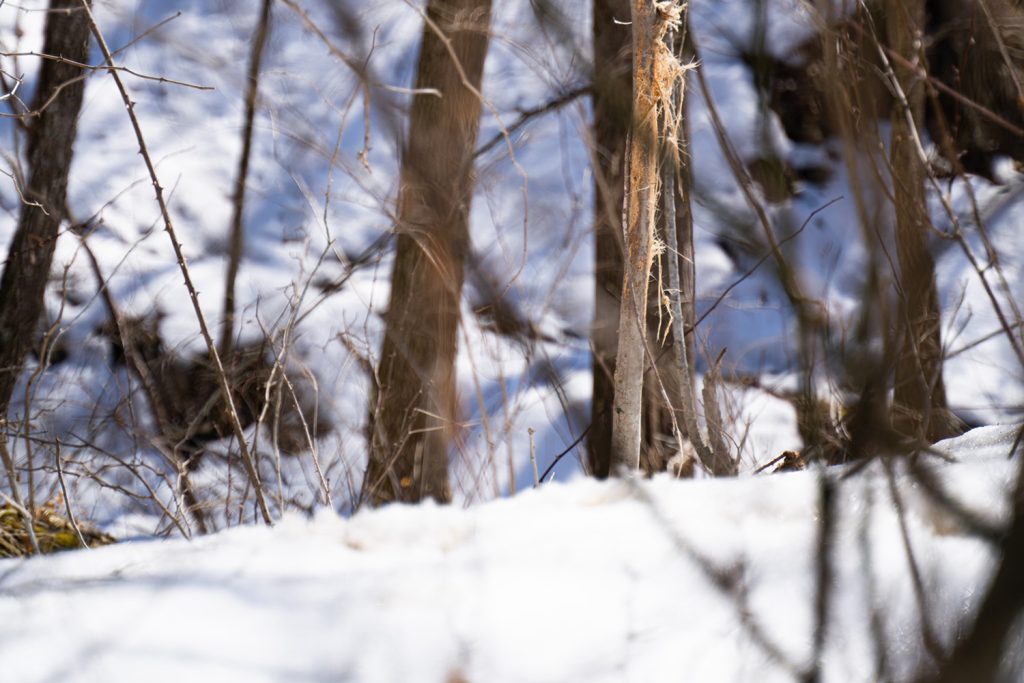
Winter
After the late season has closed the weather typically gets pretty miserable in the later parts of January and most of February. Ice, subzero temps, and two or three feet of snow have been the norm the past couple of years. This type of weather is very hard on deer and food can become very scarce after crops are harvested and acorns are all eaten up. Food plots are generally about all eaten up or are hard for them to eat when all covered up or ice capped.
This is a good time to supplemental feed deer from a feeder or by simply going out and dumping it onto the ground in various places. It’s usually best to do this near areas where deer bed or you have historically seen them group up in the colder months. There are lots of feed blends you can buy at various retailers but those can get expensive real quick. Fortunately I grew up on a farm and have access to some shelled corn every year and it tends to be my feed of choice. I will occasionally add some protein pellet feed from my local feed store to give some extra nutritional value.
Providing feed and trying to stay out of the area as much as possible is about the best thing you can do in winter months regarding whitetails. They are already under a lot of stress with lack of food and cold weather. The last thing you want to be doing is tromping around in the timber and causing more stress and could likely push them onto neighboring farms.
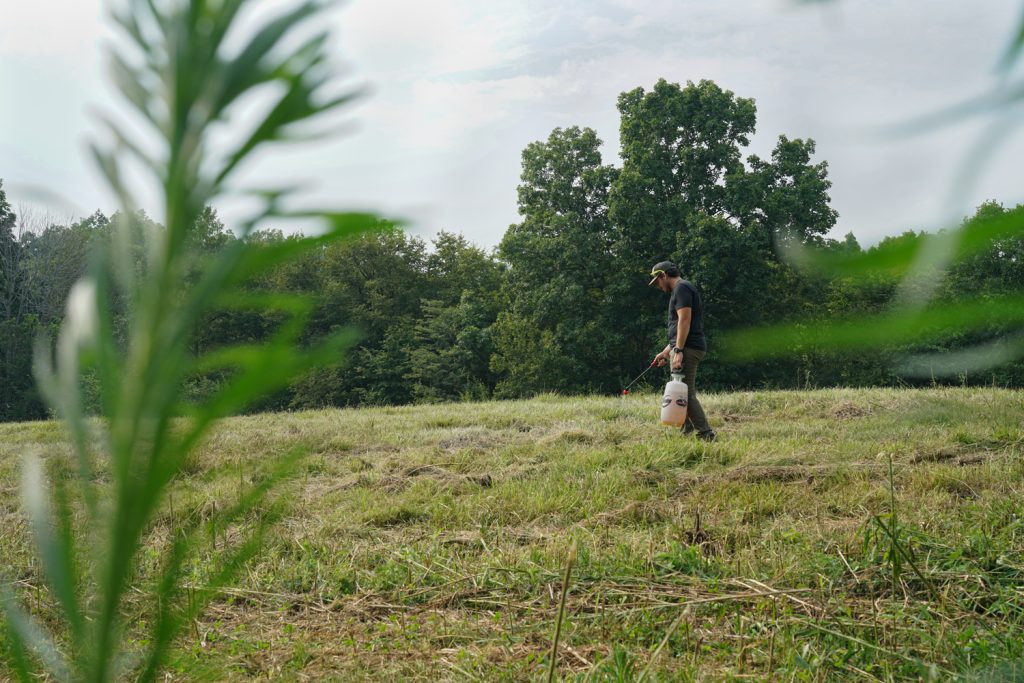
Spring
This time of year has grown a lot of interest in many hunters that are looking for an excuse to escape to the woods. Shed hunting has become very popular especially when hunters are tracking specific deer over the course of years. It’s a good way to find out if your target buck survived the harsh winter and resided in your area. Not only is it fun to look for shed antlers, but it also is a good time to scout and see how the deer are using and moving amongst the land.
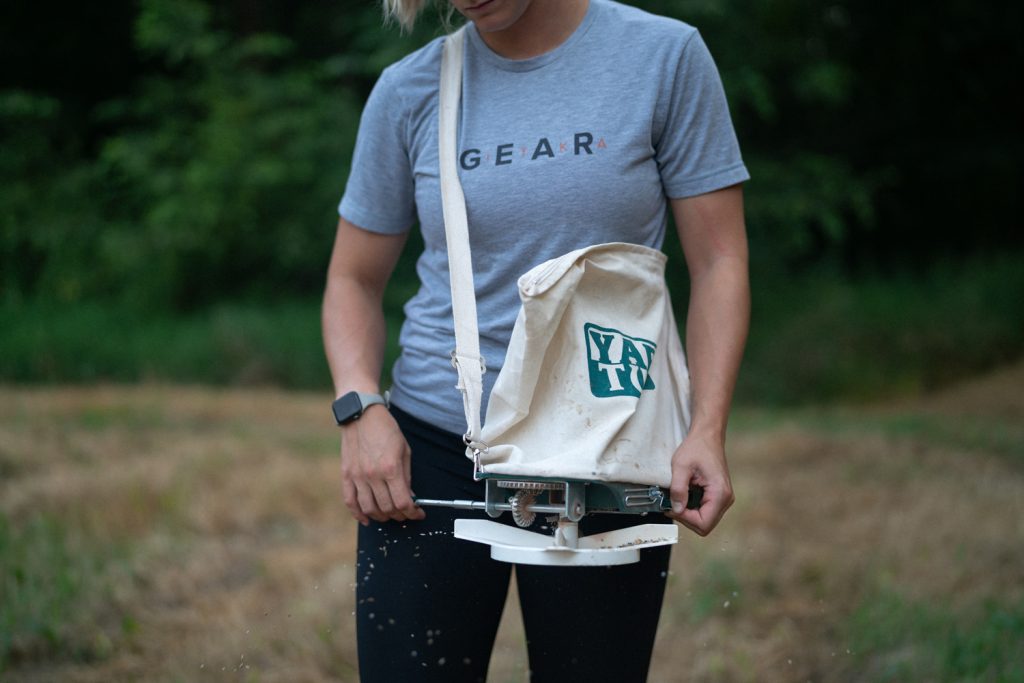
Springtime is a good time to plant perennial food plots such as clover for example. Clover is very easy to plant and can grow almost anywhere. Food plots that need to be planted in the spring usually require less work, money, and can be done with very little costs. Sometimes it’s as simple as broadcasting seed onto bare soil or dead grass and you can let mother nature and a mower do the rest. As summer approaches I will dive into some more of the other types of food plots and work that goes along with those.
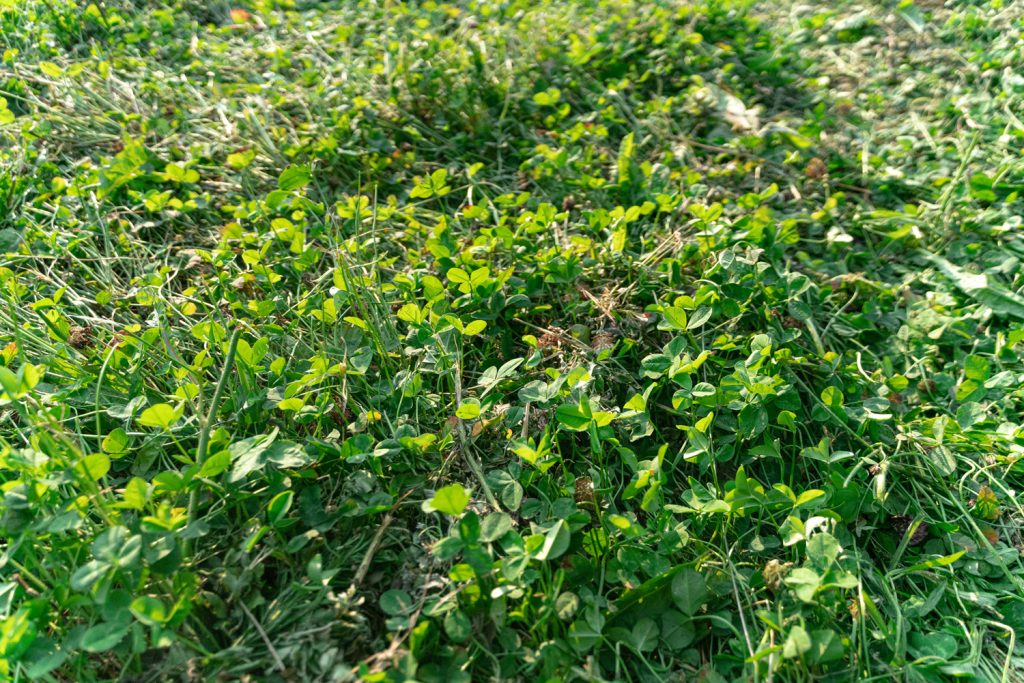
Summer
Once summer rolls around and bucks begin showing some antler development, everyone is usually itching to get their trail cameras out overlooking food plots and mineral sights. This is a good way for hunters to develop an inventory check on their properties. This is a good way to also figure out what bucks survived and if you were unable to find their shed antlers.
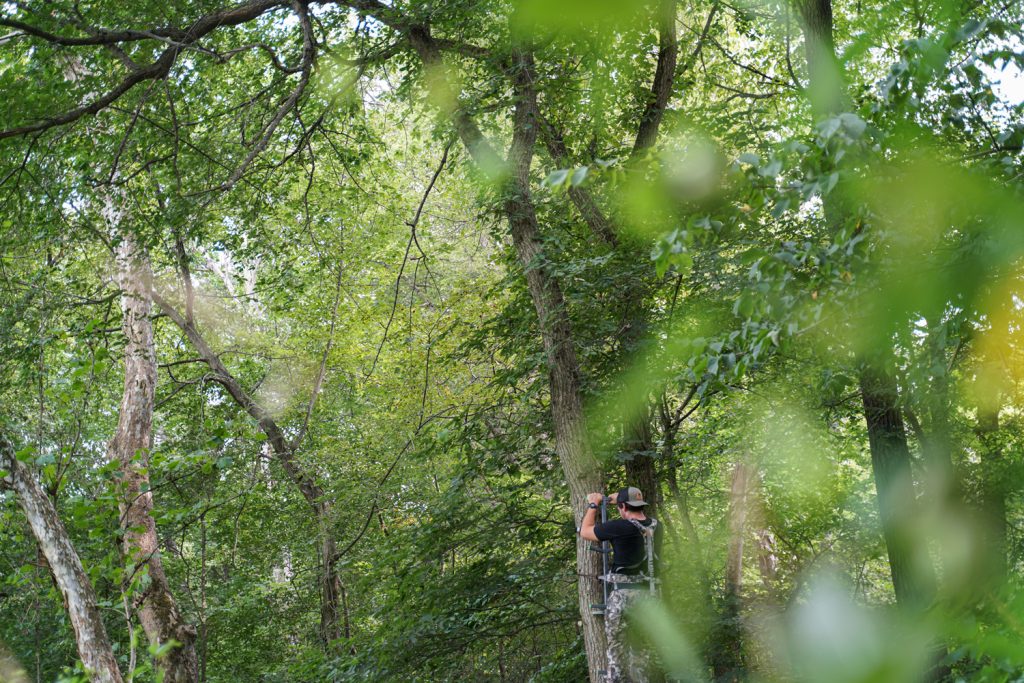
This time of year is also great for hanging tree stands and getting them ready for fall. Placing a tree stand, trimming trees, and mowing paths are big changes in a deer’s environment and should be done well in advance before season. Imagine if there was a big change made in your home that you go to every day, would you notice it? The same applies to a deer’s area in which they live.

In the later parts of summer it’s time to start planting your yearly fall food plots. These are plots that you plan to have ready to hunt in either the middle part of fall, or late part of the season when all other food sources in the area have been depleted. This can be a very effective method for harvesting mature deer in your area. Food plots are great food sources for deer and can be planted in a variety of sizes and types of food. Corn, soybeans, clover, turnips, rye grass, kale, and radishes are all very popular choices. Location, price, personal preference, and types of soil all play a key role when deciding what types of food plots to plant.
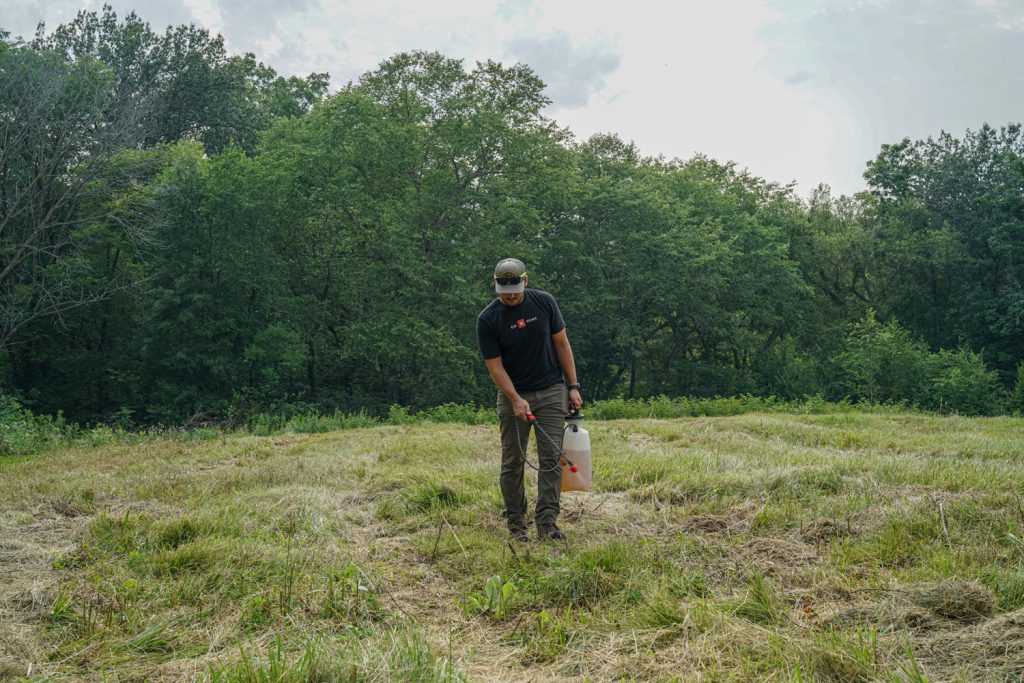
Fall food plots generally involve more work and some sight preparation is usually needed. Grains such as corn or beans will require a planter or drill to seed. Tilling of the ground, spraying, and fertilizer will also be necessary to have a successful crop. Brassicas like the turnips and radishes for example may only require some mowing and spraying and then mother nature can handle the rest. No matter what you decide to do, research beforehand because a lot of time and money goes into the process and it’s better to do it right the first time.

Fall
Now that it’s Fall hunting season is here or right around the corner. This is a great time to make some mock scrapes and move trail cameras into those locations now that a whitetail’s pattern has changed from their summer feeding patterns. Now that a whole year has gone by it’s now time for the best part of it all. As you sit in the treestand or ground blind you can reflect back on all the hard work you put in and in hopes that it will all pay off.

Conclusion
Each year as I gain more and more experience under my belt, there is something that I am adding to my list to do for the following year. Usually when I am in the treestand I am making a list of something that I can improve on or something I could have done better. Unfortunately with hunting you usually tend to learn from mistakes and a lot of times those mistakes hurt really bad, especially when you may only get one chance or you mess up your chance of harvesting that target buck. The most addicting part of whitetail hunting is the amount of work that goes into the whole process and how the suspense leads up to that opening day. When the day comes that you harvest that animal that trips your trigger, the feeling is that much more rewarding when you look back at all the time and work you have invested.
